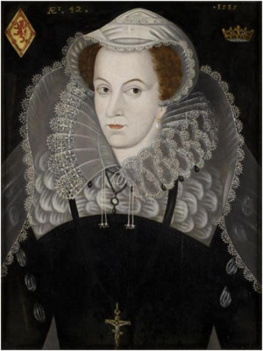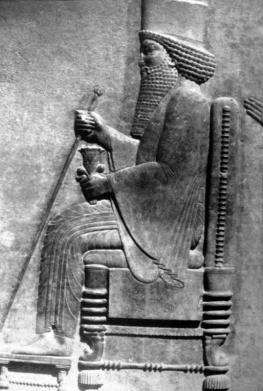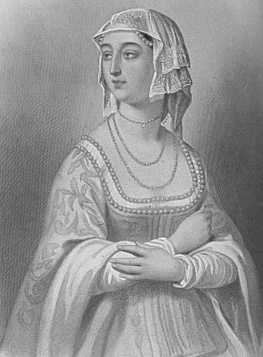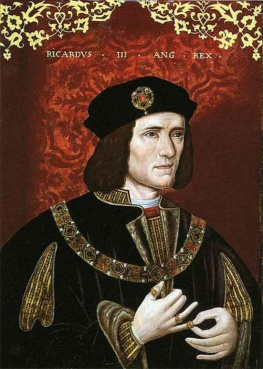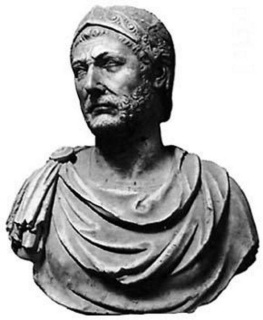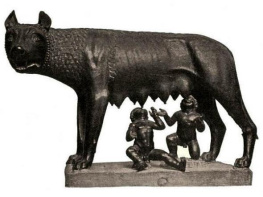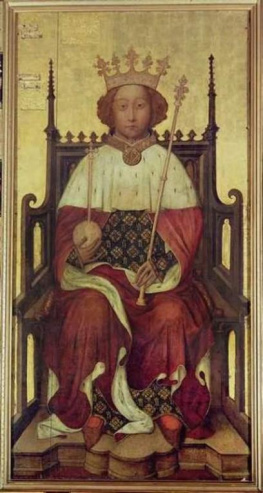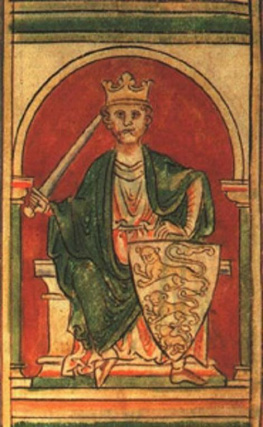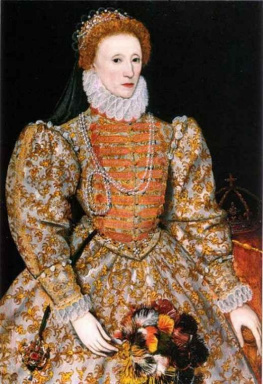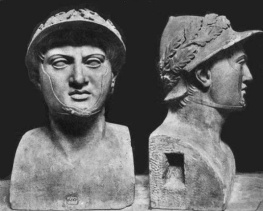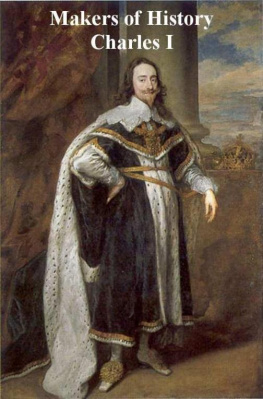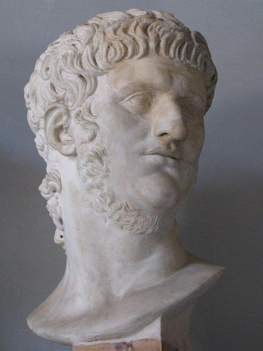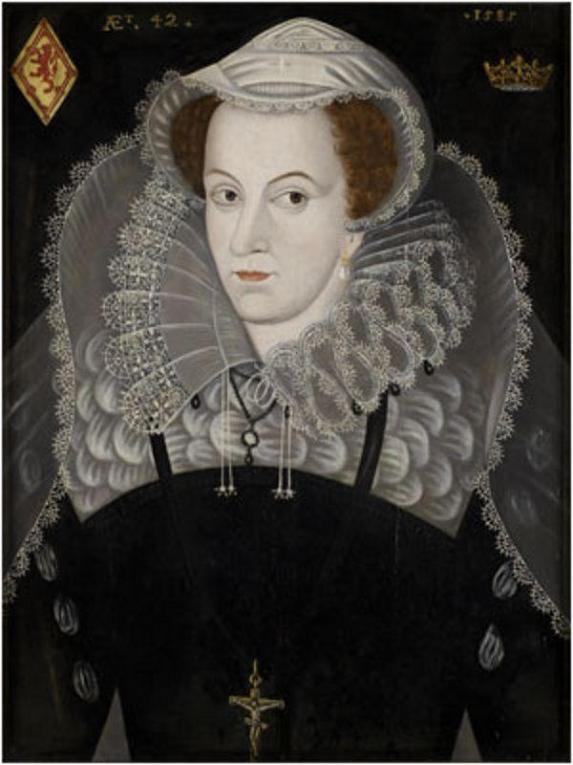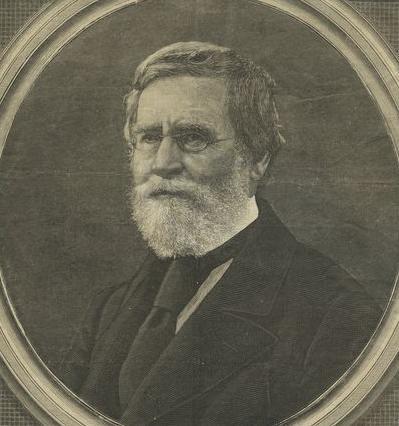Makers of History
Mary Queen of Scots
by
JACOB ABBOTT
WITH ENGRAVINGS
NEW YORK AND LONDON
HARPER & BROTHERS PUBLISHERS
1904
Entered, according to Act of Congress, in the year 1848, by
HARPER & BROTHERS,
In the Clerks Office of the Southern District of New York.
Copyright, 1876, by JACOB ABBOTT.
Table of Contents
ENGRAVINGS.
PREFACE.
The history of the life of every individual who has, for any reason, attracted extensively the attention of mankind, has been written in a great variety of ways by a multitude of authors, and persons sometimes wonder why we should have so many different accounts of the same thing. The reason is, that each one of these accounts is intended for a different set of readers, who read with ideas and purposes widely dissimilar from each other. Among the twenty millions of people in the United States, there are perhaps two millions, between the ages of fifteen and twenty-five, who wish to become acquainted, in general, with the leading events in the history of the Old World, and of ancient times, but who, coming upon the stage in this land and at this period, have ideas and conceptions so widely different from those of other nations and of other times, that a mere republication of existing accounts is not what they require. The story must be told expressly for them. The things that are to be explained, the points that are to be brought out, the comparative degree of prominence to be given to the various particulars, will all be different, on account of the difference in the situation, the ideas, and the objects of these new readers, compared with those of the various other classes of readers which former authors have had in view. It is for this reason, and with this view, that the present series of historical narratives is presented to the public. The author, having had some opportunity to become acquainted with the position, the ideas, and the intellectual wants of those whom he addresses, presents the result of his labors to them, with the hope that it may be found successful in accomplishing its design.
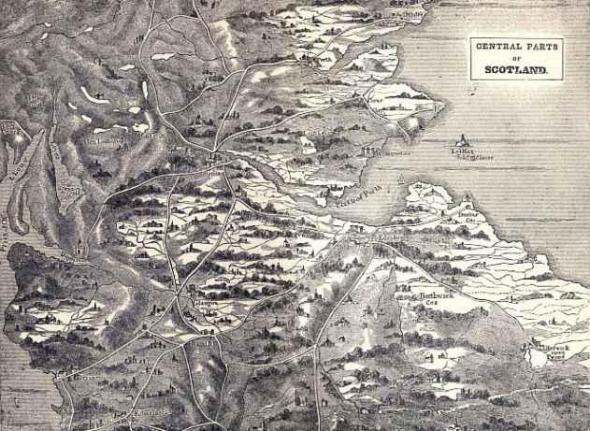
CHAPTER I. MARYS CHILDHOOD .
1542-1548
Travelers who go into Scotland take a great interest in visiting, among other places, a certain room in the ruins of an old palace, where Queen Mary was born. Queen Mary was very beautiful, but she was very unfortunate and unhappy. Every body takes a strong interest in her story, and this interest attaches, in some degree, to the room where her sad and sorrowful life was begun.
The palace is near a little village called Linlithgow. The village has but one long street, which consists of ancient stone houses. North of it is a little lake, or rather pond: they call it, in Scotland, a loch . The palace is between the village and the loch; it is upon a beautiful swell of land which projects out into the water. There is a very small island in the middle of the loch and the shores are bordered with fertile fields. The palace, when entire, was square, with an open space or court in the center. There was a beautiful stone fountain in the center of this court, and an arched gateway through which horsemen and carriages could ride in. The doors of entrance into the palace were on the inside of the court.
The palace is now in ruins. A troop of soldiers came to it one day in time of war, after Mary and her mother had left it, and spent the night there: they spread straw over the floors to sleep upon. In the morning, when they went away, they wantonly set the straw on fire, and left it burning, and thus the palace was destroyed. Some of the lower floors were of stone; but all the upper floors and the roof were burned, and all the wood-work of the rooms, and the doors and window-frames. Since then the palace has never been repaired, but remains a melancholy pile of ruins.
The room where Mary was born had a stone floor. The rubbish which has fallen from above has covered it with a sort of soil, and grass and weeds grow up all over it. It is a very melancholy sight to see. The visitors who go into the room walk mournfully about, trying to imagine how Queen Mary looked, as an infant in her mothers arms, and reflecting on the recklessness of the soldiers in wantonly destroying so beautiful a palace. Then they go to the window, or, rather, to the crumbling opening in the wall where the window once was, and look out upon the loch, now so deserted and lonely; over their heads it is all open to the sky.
Marys father was King of Scotland. At the time that Mary was born, he was away from home engaged in war with the King of England, who had invaded Scotland. In the battles Marys father was defeated, and he thought that the generals and nobles who commanded his army allowed the English to conquer them on purpose to betray him. This thought overwhelmed him with vexation and anguish. He pined away under the acuteness of his sufferings, and just after the news came to him that his daughter Mary was born, he died. Thus Mary became an orphan, and her troubles commenced, at the very beginning of her days. She never saw her father, and her father never saw her. Her mother was a French lady; her name was Mary of Guise. Her own name was Mary Stuart, but she is commonly called Mary Queen of Scots.
As Mary was her fathers only child, of course, when he died, she became Queen of Scotland, although she was only a few days old. It is customary, in such a case, to appoint some distinguished person to govern the kingdom, in the name of the young queen, until she grows up: such a person is called a regent . Marys mother wished to be the regent until Mary became of age.
It happened that in those days, as now, the government and people of France were of the Catholic religion. England, on the other hand, was Protestant. There is a great difference between the Catholic and the Protestant systems. The Catholic Church, though it extends nearly all over the world, is banded together, as the reader is aware, under one manthe popewho is the great head of the Church, and who lives in state at Rome. The Catholics have, in all countries, many large and splendid churches, which are ornamented with paintings and images of the Virgin Mary and of Christ. They perform great ceremonies in these churches, the priests being dressed in magnificent costumes, and walking in processions, with censers of incense burning as they go. The Protestants, on the other hand, do not like these ceremonies; they regard such outward acts of worship as mere useless parade, and the images as idols. They themselves have smaller and plainer churches, and call the people together in them to hear sermons, and to offer up simple prayers.
In the time of Mary, England was Protestant and France was Catholic, while Scotland was divided, though most of the people were Protestants. The two parties were very much excited against each other, and often persecuted each other with extreme cruelty. Sometimes the Protestants would break into the Catholic churches, and tear down and destroy the paintings and the images, and the other symbols of worship, all which the Catholics regarded with extreme veneration; this exasperated the Catholics, and when they became powerful in their turn, they would seize the Protestants and imprison them, and sometimes burn them to death, by tying them to a stake and piling fagots of wood about them, and then setting the heap on fire.

